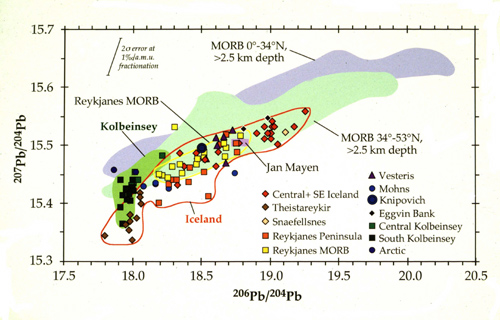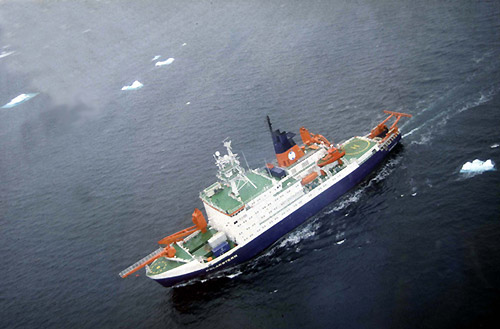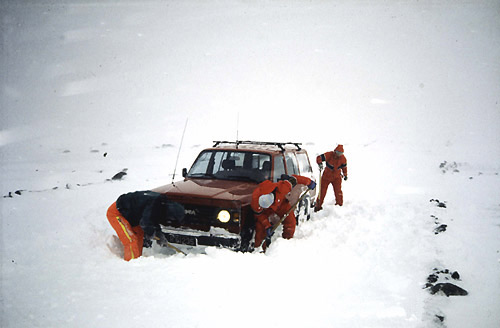

Topographically anomalous oceanic regions as, for example, the Iceland plateau, represent the Earth's largest active volcanic complexes with extremely high rates of melt production. These melts demonstrate low viscous material originating from the upper or lower mantle, respectively. Major and trace element as well as isotope variations of the melts enable conclusions on the chemical composition of the mantle tapped by volcanism. By quantifying mixing processes between tapped mantle sources on the basis of the analytical data, mantle dynamic processes can be derived.
Recent publications related to this topic
Macpherson, C., Hilton, D.R., Mertz, D.F., Dunai, T.J. (2006): Sources, degassing and contamination of CO2, H2O, He, Ne and Ar in basaltic glasses from Kolbeinsey Ridge, North Atlantic.- Geochim. Cosmochim. Acta (in press)
Mertz, D.F., Sharp, W.D., Haase, K.M. (2004): Volcanism on the Eggvin Bank (Central Norwegian-Greenland Sea, latitude 71°N): Age, source and relationship to the Iceland and putative Jan Mayen plumes.- Journal Geodynamics, 38, 1, 57-84

Lead isotope signatures of the Iceland mantle plume and Atlantic ridge segments.

Sampling of oceanic rocks is enabled by the use of research vessels. Shown here is the German research icebreaker RV "Polarstern".

Difficult weather and field conditions during sampling on Iceland.